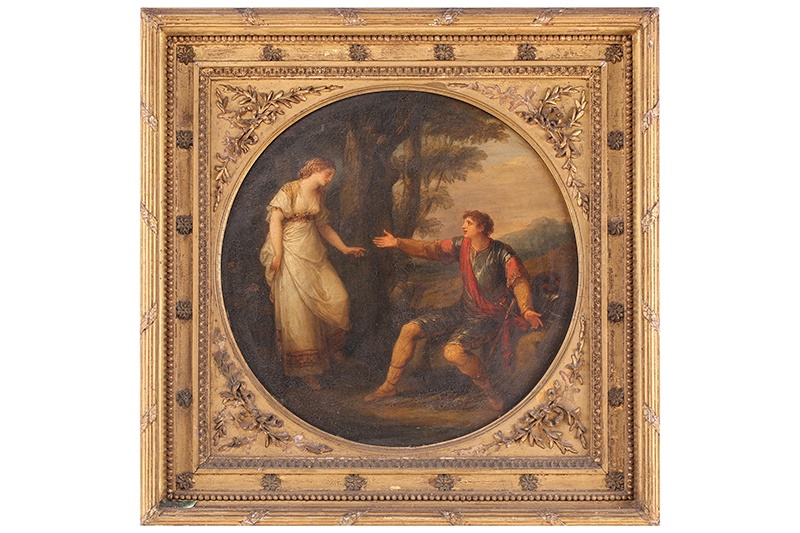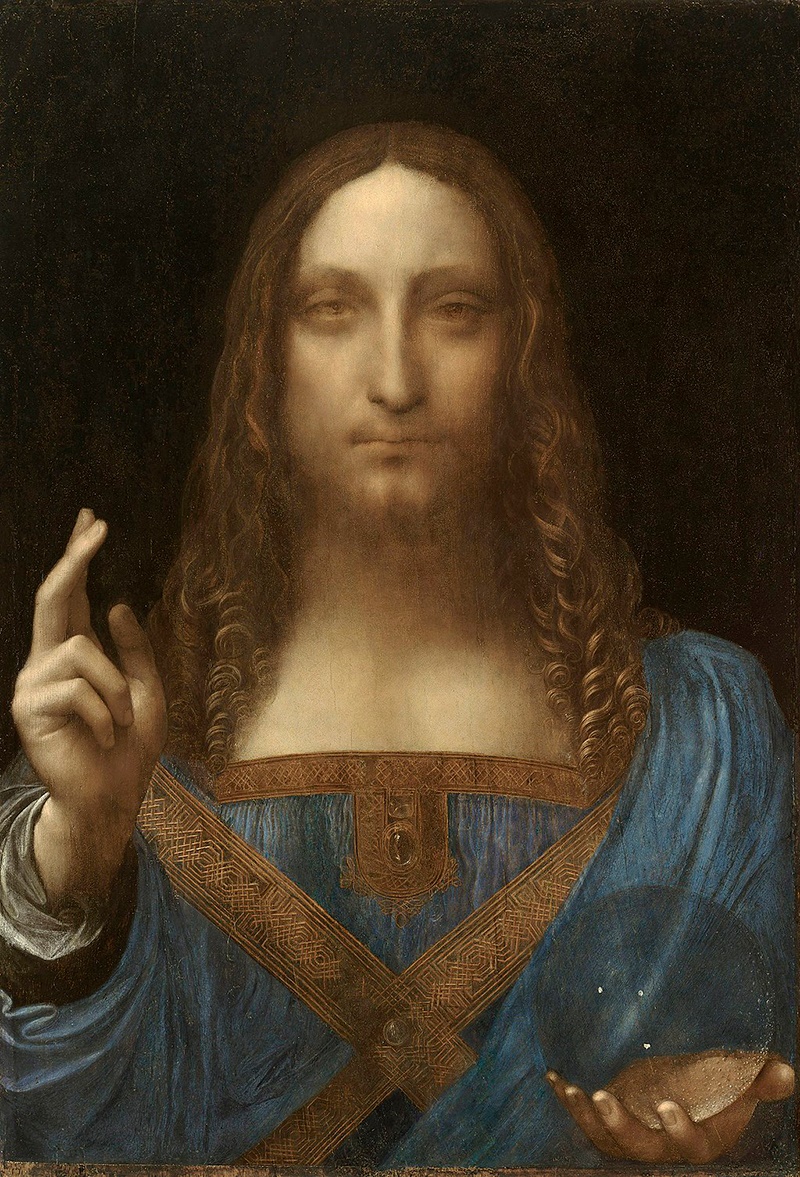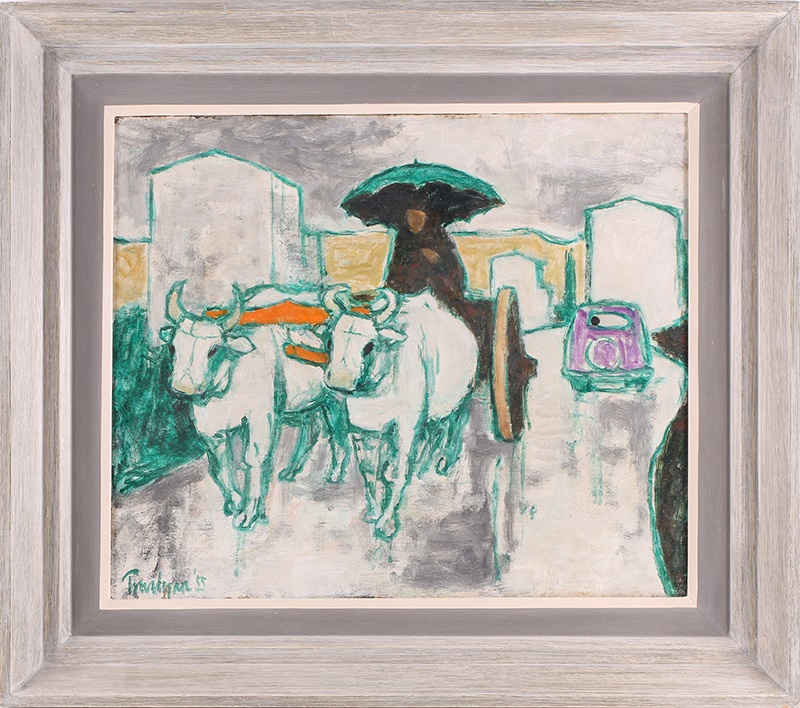Are Paintings a Good Investment?
A closer look at the potential of paintings as an asset
31/03/2023
The art market continues to grow steadily each year, attracting a wealth of new buyers looking to diversify their investment portfolios. Whilst art is not considered a liquid asset, it can be a very lucrative investment for those ‘in the know’.
Alongside holding its monetary value which in some cases can increase over time, a beautiful painting can change the way we think and feel, provide much pleasure to those who view it, and also be a great talking point. Having a genuine interest in a particular artist (or a specific painting) means you are more likely to do your homework on the subject, and research is certainly key when potentially looking to invest in art.
Circle of Angelica Kauffman (1741-1807), 'Return of a Knight in Armour'
A reliable long-term investment, the art market has remained relatively stable over the years, even during the COVID pandemic. In fact, there is evidence that turmoil in the financial markets can fuel an increase in prices.
There are several advantages to collecting artworks, including low maintenance costs, stability, and portability. With the development of the Artprice100®, which focuses exclusively on “blue-chip” artists, we can see that art is an extremely viable financial investment over time.
“Artprice’s Global Index® shows an average value increase for artworks of +30% since the index was started 20 years ago.”
“Blue-Chip Art” is defined as high-value artworks, created by the most renowned artists, and as such they command the largest upfront investment. Michelangelo, Rembrandt, Monet, van Gogh, Picasso and Leonardo da Vinci are obvious examples amongst this heady collection of blue-chip artists. These artworks have consistently increased in value over time and are therefore considered a safe option when investing, leading to this term being borrowed from the stock market where it is more commonly used to identify an established and profitable company.
As may be apparent, blue-chip art can be an extremely expensive investment. However, with art shares are now available, there is the option of just dipping one’s toes into the world of art investment. This means that you no longer have to be a multi-millionaire to become co-owners of a piece of blue-chip art, but it is worth noting that you will never actually own or possess the artwork.
For those who can’t afford to invest in blue-chip artwork, an established artist can often prove to be a sound option. These artists have a lower price point but are recognised in the art world, with consistent growth in value year on year. Again, research is the key... Through studying past sale prices achieved at auction, one can see market trends relating to specific artists. Potential investors can ascertain which artists are the most popular and as such commanding higher fees, before they decide whether to acquire any specific works of art.
Julian Trevelyan (1910-1988), 'Two Oxen and Cart
Finally, for those risk-takers, there is the option of investing in new and emerging artists. This is a very affordable option, but also poses the largest risk. Significant research and consulting with experts would be recommended. Visiting local galleries and exhibitions is essential.
“The average price of a contemporary work sold at auction in 2022 increased by 42.7% compared to the previous year” - ARTTACTIC
Art can be a great way of adding value to your portfolio. While there are no guarantees of profitability, by setting goals, doing your research, and consulting with experts, you will be able to make an informed decision. Acquiring art is not all about monetary gain, adorning your walls with paintings you love can provide an extension of your personality, and bring joy to your home. The fact they might just turn out to be worthy assets down the line is an added bonus.
Read more:
How Can You Tell if a Painting is Rare?
Please do get in touch, Dawsons friendly team of experts would be delighted to assist:
0207 431 9445 / info@dawsonsauctions.co.uk


